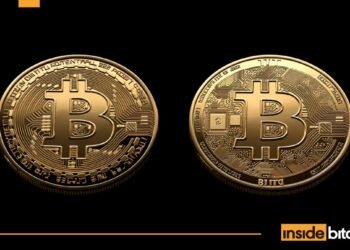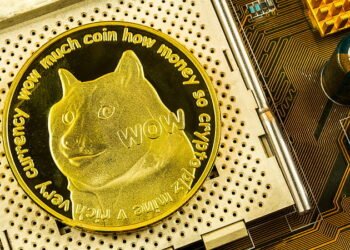The order of transactions in a block doesn’t have an effect on the transaction charges or the block reward.
Due to this fact the miner can, if wanted, differ the order of transactions with none change to the coinbase transaction. The coinbase is all the time the primary transaction.
As you say, the order of leaves within the calculation of the Merkle root would naturally be the identical because the order of the transactions within the block.
So the price payout/incentive has no affect on transaction ordering (excluding coinbase) and vice-versa: the transaction ordering has no impact on price payout/incentive.
Associated
- How is a Merkle tree path generated? (stackoverflow.com)
- Why is the complete Merkle path wanted to confirm a transaction?
- Merkle Tree, a easy rationalization and implementation(Jeremy Then, medium.com)
For those who take a look at the solutions to query 2 you will note, for instance, {that a} skinny shopper can test if a transaction is in a block with out figuring out in regards to the contents or ordering of just about all different transactions within the block. Within the instance there you solely want 1 different transaction of the 16 within the block and three intermediate hashes.
In Reference 3, Jeremy Then has this diagram, which I discover extra basic than these utilizing various transactions that may be a energy of two
This can be a extra lifelike case the place a reproduction must be inserted for an odd variety of transactions (3ebc), or an odd variety of hashes (fcc1).
To show Tx 41b6 is in block da07 we solely want a8c0 1013 b5fb f94a. We do not care in regards to the worth or order of 95cd and 709b and many others.


















